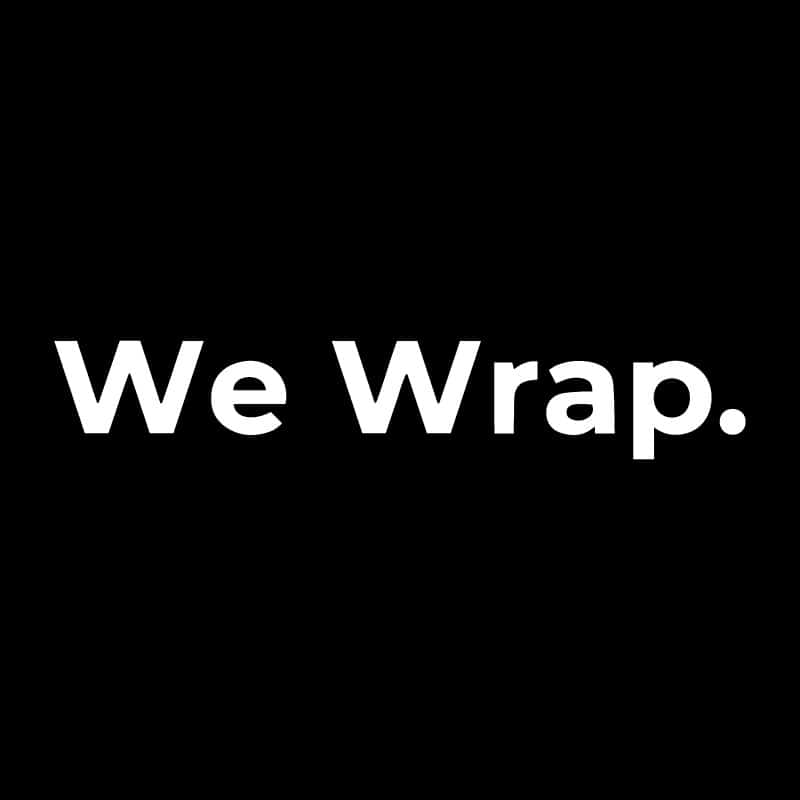Vinyl wrapping has become famous for personalising and protecting vehicles, furniture, and surfaces. When applied correctly, it can provide a sleek, professional look that rivals paint jobs. However, achieving a bubble-free finish requires preparation, technique, and patience. Whether you’re working on a car or furniture or considering Floor Wrapping Dubai, this article will guide you through the essential steps to ensure a flawless application of vinyl wrapping.
1.Preparation is Key
- Clean the Surface
Before applying vinyl, the surface must be impeccably clean. Any dirt, dust, or grease can lead to imperfections and bubbles in the final finish. Start by washing the surface with mild soap and water. Use a clean, lint-free cloth to dry it thoroughly. For stubborn residues, consider using a degreaser or isopropyl alcohol. Make sure the surface is arid before proceeding.
- Inspect and Repair the Surface
Check the surface for any dents, scratches, or imperfections. These can become visible through the vinyl wrap, affecting the overall appearance. Use appropriate fillers or sand down rough areas to create a smooth surface. If the surface has existing adhesive residues or old wraps, ensure they are entirely removed.
2.Choosing the Right Vinyl
- Quality Matters
Opt for high-quality vinyl wraps from reputable brands. Premium vinyls are more pliable and have better adhesive properties, which reduce the likelihood of bubbles and wrinkles. Cheaper or lower-quality vinyl may not conform well to curves and edges, leading to a less professional finish.
- Select the Appropriate Type
There are different types of vinyl wraps, including cast vinyl, calendared vinyl, and specialty vinyl. Due to its flexibility and conformability, cast vinyl is typically the best choice for complex curves and contours. Make sure to select a vinyl that suits the specific application needs.
3.Tools and Equipment
- Gather Necessary Tools
To ensure a bubble-free finish, having the right tools is crucial. Essential tools include:
- A squeegee or application tool
- A heat gun
- A sharp utility knife or blade
- A microfiber cloth
- A measuring tape or ruler
Each tool plays a role in different stages of the application process, so ensure you have them ready before you begin.
- Work in a Controlled Environment
Perform the vinyl wrapping in a clean, dust-free environment with a stable temperature. Extreme temperatures or high humidity can affect the adhesive properties of the vinyl. Ideally, work in a well-ventilated area with controlled conditions to achieve the best results.
4.Application Techniques
- Cutting and Positioning
Measure and cut the vinyl slightly larger than the surface area you plan to cover. This allows for adjustments during application. Position the vinyl on the surface without removing the backing paper. Use masking tape to hold the vinyl while ensuring it’s aligned correctly temporarily.
- Heating and Stretching
Use a heat gun to warm the vinyl slightly before application. This makes the vinyl more pliable and easier to work with. Gently stretch the vinyl over the surface, using the heat gun to soften it as needed. Be cautious not to overheat the vinyl, as this can cause it to become too stretchy and lose its adhesive properties.
- Applying and Squeegeeing
Start applying the vinyl from one edge, working across the surface. Use a squeegee to press the vinyl down and remove air bubbles. Apply firm, even pressure with the squeegee, working from the centre outwards to push out any trapped air. You should work in smaller sections for complex areas or curves to ensure a smooth application.
5.Dealing with Bubbles and Wrinkles
- Small Bubbles
Use a pin or needle to carefully puncture the bubble and release the trapped air for tiny bubbles. After puncturing, the squeegee presses the vinyl down and smooths the area. Be cautious not to damage the vinyl or the surface beneath.
- Larger Bubbles
If you encounter more giant bubbles, it is better to remove the vinyl from the affected area and reapply it. Gently peel back the vinyl, use the squeegee to smooth out the surface, and then reposition the vinyl. Use the heat gun to reheat the area to ensure the vinyl adheres appropriately.
6.Finishing Touches
- Trimming Excess Vinyl
Once the vinyl is applied and all bubbles are removed, trim the excess vinyl using a sharp utility knife. Carefully cut along the edges of the surface to achieve a clean finish. Be cautious not to cut too deeply, as this can damage the surface or affect the vinyl’s adhesion.
- Post-Application Care
After the vinyl is applied and trimmed, give it time to set and bond with the surface. Avoid washing or exposing the wrapped surface to harsh conditions for at least 24–48 hours. This allows the adhesive to cure fully and ensures a long-lasting finish.
- Regular Maintenance
Clean the vinyl regularly with a mild soap solution and a soft cloth to maintain the bubble-free finish. Avoid abrasive cleaners or scrubbing tools that can damage the vinyl. Regular maintenance helps preserve the appearance and longevity of the vinyl wrap.
Final thoughts
Achieving a bubble-free finish with vinyl wrapping requires meticulous preparation, materials, and careful application techniques. Following the steps outlined in this guide—from surface preparation and tool selection to application and post-care—you can achieve a smooth, professional look that enhances and protects your surfaces. Whether you’re wrapping a vehicle, furniture, or any other item, ensuring a flawless application will result in a stunning and durable finish showcasing your style and creativity.




